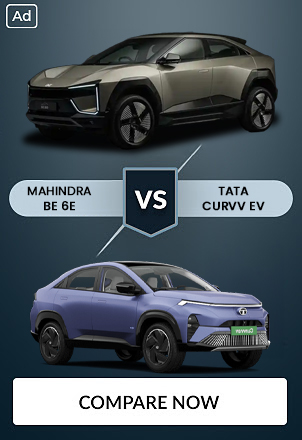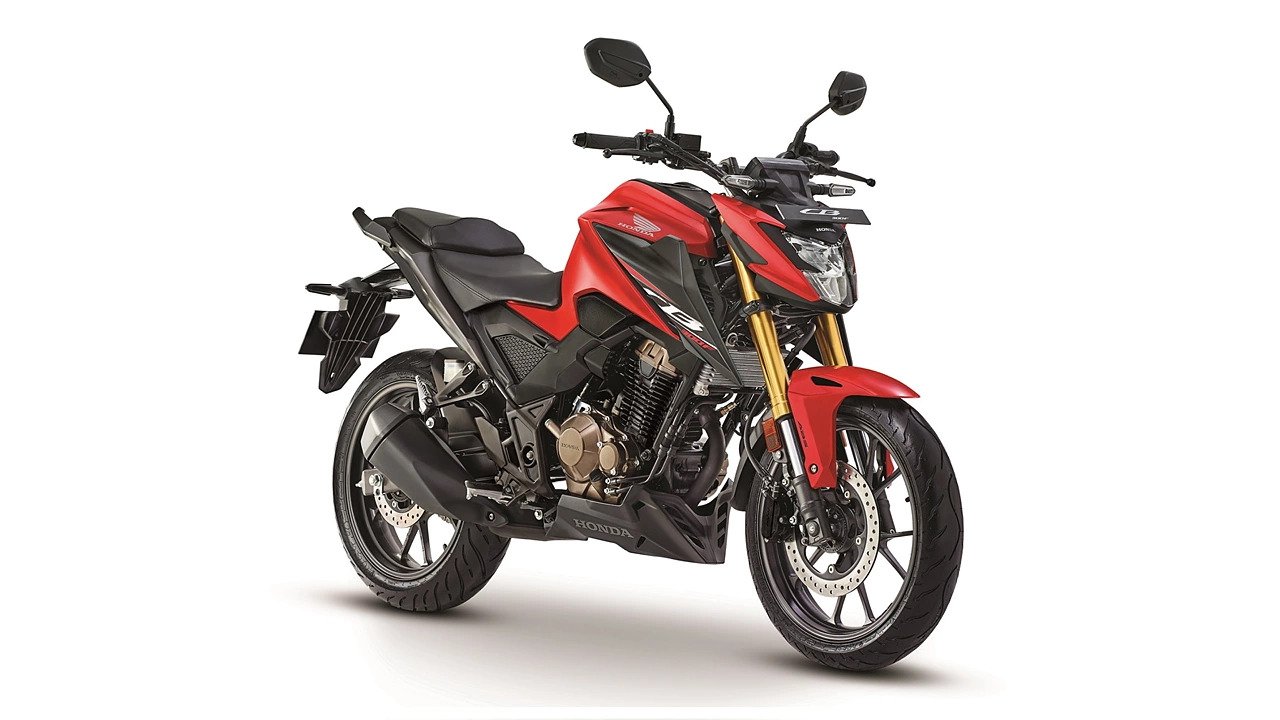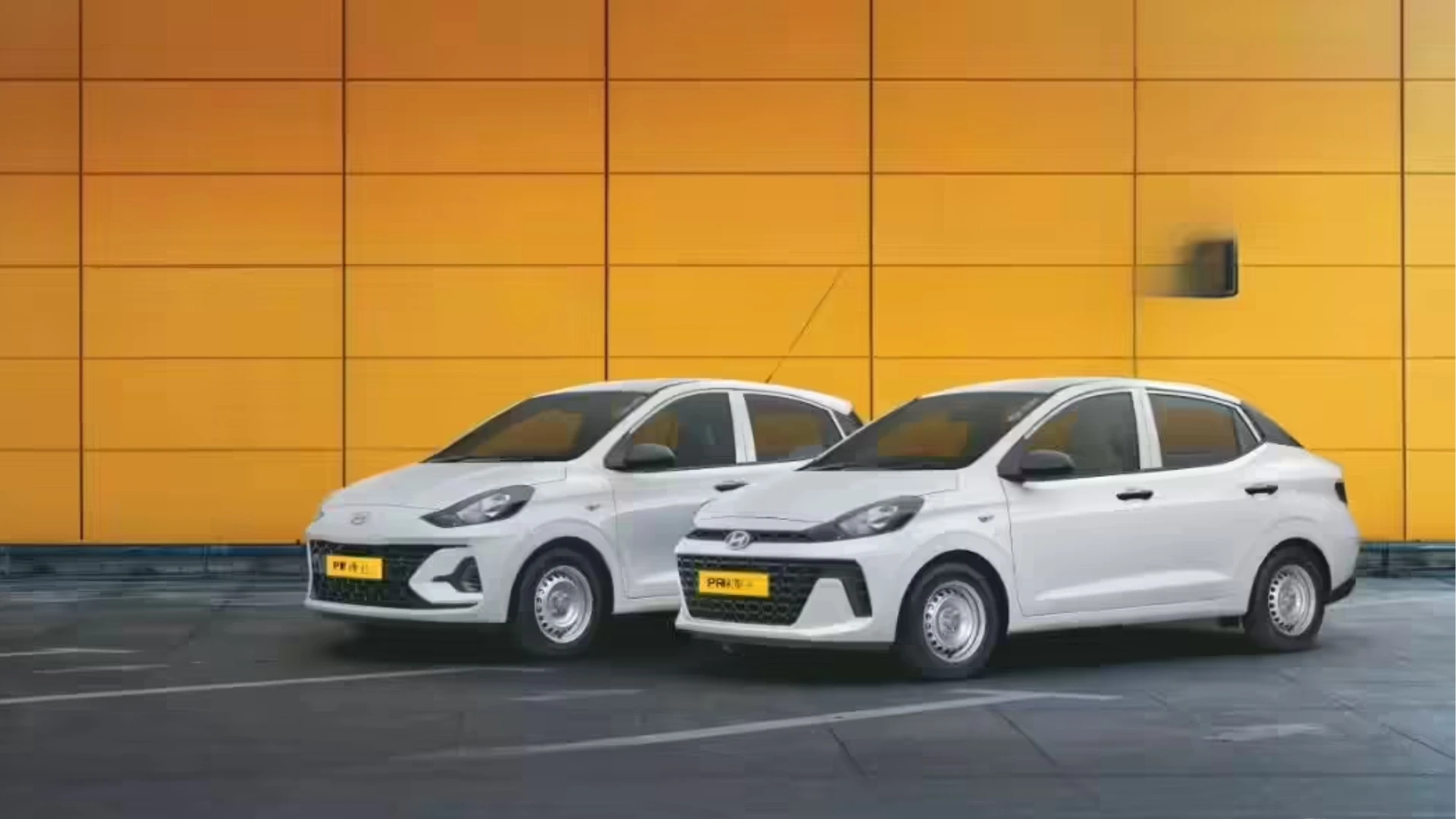The transition from BS4 (Bharat Stage 4) to BS6 (Bharat Stage 6) emission standards in India represents a significant leap towards cleaner and more efficient automotive technologies. Here’s a comprehensive comparison of BS4 and BS6 in terms of fuel, performance, engine technology, emission norms, and other aspects.
1. Emission Norms:
- BS4: Introduced in April 2017, the BS4 norms were a major improvement over the previous BS3 standards, focusing on reducing harmful emissions from vehicles. These norms set limits for pollutants such as carbon monoxide (CO), hydrocarbons (HC), nitrogen oxides (NOx), and particulate matter (PM).
- BS6: Implemented from April 2020, the BS6 norms represent a leap forward in emission control. These stricter regulations aim to reduce NOx emissions from diesel vehicles and particulate emissions from petrol and diesel engines. BS6 also introduces real-world driving emissions (RDE) tests and on-board diagnostics (OBD) to ensure compliance under various conditions.
2. Fuel Quality:
- BS4: BS4 fuels had higher sulfur content (up to 50 ppm - parts per million) and were less refined. While they marked a significant improvement over BS3 fuels, they still contributed to higher pollution levels.
- BS6: BS6 fuels have significantly reduced sulfur content (10 ppm) and are formulated to be cleaner. The improved fuel quality supports the advanced emission control technologies used in BS6-compliant vehicles, leading to reduced tailpipe emissions and better air quality.
3. Engine Technology:
- BS4 Engines: BS4-compliant engines, while more efficient than their predecessors, did not include advanced emission control technologies. They used simpler systems such as catalytic converters and standard fuel injection mechanisms to meet emission requirements.
- BS6 Engines: To comply with BS6 norms, engines have been equipped with advanced technologies including:
- Selective Catalytic Reduction (SCR): This technology uses a urea-based additive (AdBlue) to convert NOx into nitrogen and water.
- Diesel Particulate Filter (DPF): This filter captures and stores particulate matter from diesel exhaust, reducing emissions.
- Lean NOx Trap (LNT): For petrol engines, LNT technology reduces NOx emissions by storing and then converting them during regeneration cycles.
- Enhanced Fuel Injection Systems: Improved fuel injection systems increase combustion efficiency and reduce emissions.
4. Performance:
- BS4: While BS4 engines provided adequate performance, they often had less emphasis on fuel efficiency and emissions. The focus was on meeting regulatory requirements without integrating the latest technologies for optimizing performance and emissions simultaneously.
- BS6: BS6 engines are designed to deliver better performance and fuel efficiency while meeting stringent emission norms. Innovations in engine technology and fuel management have improved power output and throttle response without compromising on environmental standards. BS6 vehicles generally offer smoother operation, reduced noise levels, and enhanced driving dynamics.
5. Environmental Impact:
- BS4: Although BS4 norms represented a significant improvement over BS3, they did not adequately address the environmental challenges posed by vehicular emissions. The higher levels of NOx and particulate matter continued to contribute to air pollution and health issues.
- BS6: BS6 standards are a major step forward in reducing vehicular pollution. By limiting NOx emissions from diesel engines and particulate matter from petrol and diesel engines, BS6 contributes to a significant decrease in air pollution. The inclusion of RDE tests and OBD systems ensures that vehicles comply with emission norms in real-world conditions, further reducing their environmental impact.
6. Cost Implications:
- BS4 Vehicles: Generally, BS4 vehicles were less expensive compared to their BS6 counterparts due to the simpler technology and fewer emission control components.
- BS6 Vehicles: The transition to BS6 has led to increased costs for manufacturers, which has been reflected in the higher prices of BS6 vehicles. The cost of advanced emission control technologies and the need for cleaner fuels contribute to these higher prices. However, the long-term benefits include reduced pollution and better fuel efficiency.
7. Maintenance and Durability:
- BS4: BS4 engines required periodic maintenance to ensure compliance with emission norms. While they were generally reliable, the simpler emission control systems could be less effective in extreme conditions.
- BS6: The advanced emission control technologies in BS6 engines may require more specialized maintenance. However, they offer improved durability and reliability, with systems designed to ensure long-term compliance with stringent emission standards. Regular maintenance and the use of high-quality BS6 fuels are essential for optimal performance and longevity.
8. Market and Consumer Impact:
- BS4: The introduction of BS4 vehicles marked a significant upgrade for the Indian automotive market, but the impact on consumer preferences was limited to the immediate benefits of reduced emissions and improved performance over BS3 vehicles.
- BS6: The shift to BS6 has had a profound impact on the automotive market. Consumers are now more aware of environmental issues and are increasingly seeking vehicles that offer better fuel efficiency and lower emissions. The BS6 transition has also accelerated the adoption of hybrid and electric vehicles as consumers look for greener alternatives.
Conclusion
The transition from BS4 to BS6 marks a crucial step towards improving air quality and reducing the environmental impact of vehicles in India. While BS4 vehicles represented a significant improvement over previous standards, BS6 vehicles take this a step further with advanced emission control technologies, improved fuel quality, and stricter regulatory requirements. Though BS6 vehicles come with higher upfront costs, their benefits in terms of performance, fuel efficiency, and environmental impact make them a worthy investment for the future. As the automotive industry continues to evolve, the adoption of BS6 norms reflects a broader commitment to sustainability and cleaner transportation.
Also Read: New Honda CB300F launched in India at Rs 2.26 lakh










